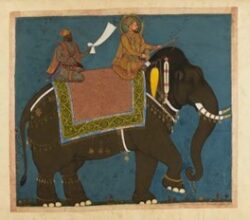
Emily Kam Kngwarray
Janet McKenzie | Studio International | 9th February 2024
Kngwarray’s back story is the stuff of legend. Living in a remote community, she was introduced to painting on canvas in her late 70’s. Despite being unaware of the Western art canon, her work instantly bore a resemblance to abstract expressionism. This poses many difficulties for artistic analysis, not the least of which is that Kngwarray’s work makes the concept of “outsider art” seem ridiculous. “The sheer beauty and spiritual power of the works that is so difficult to describe [is] consistently incredible.”













